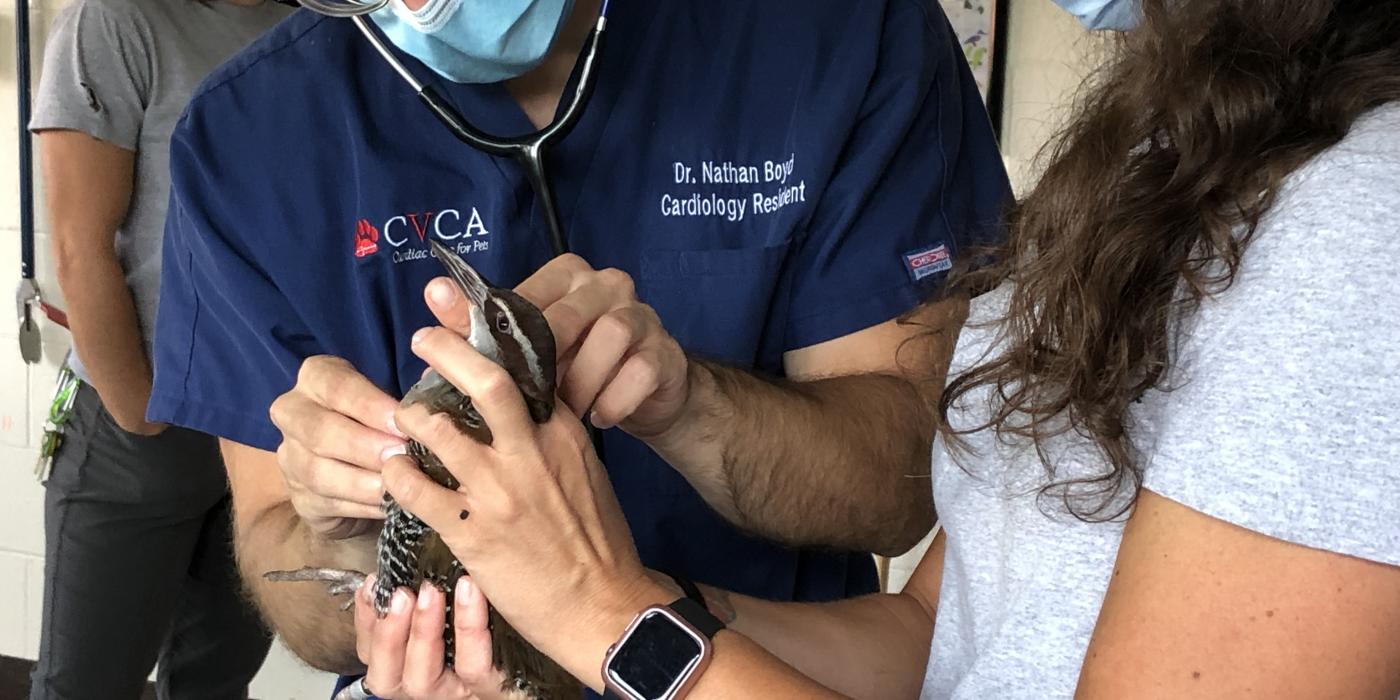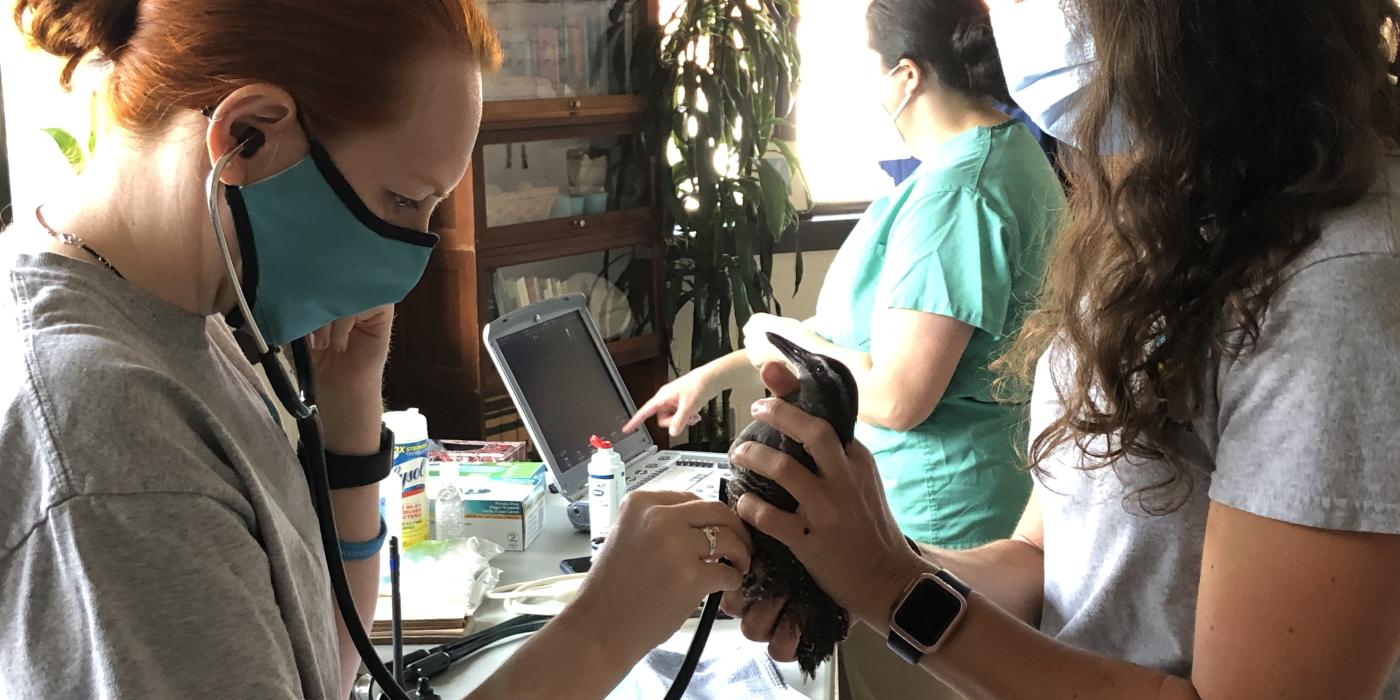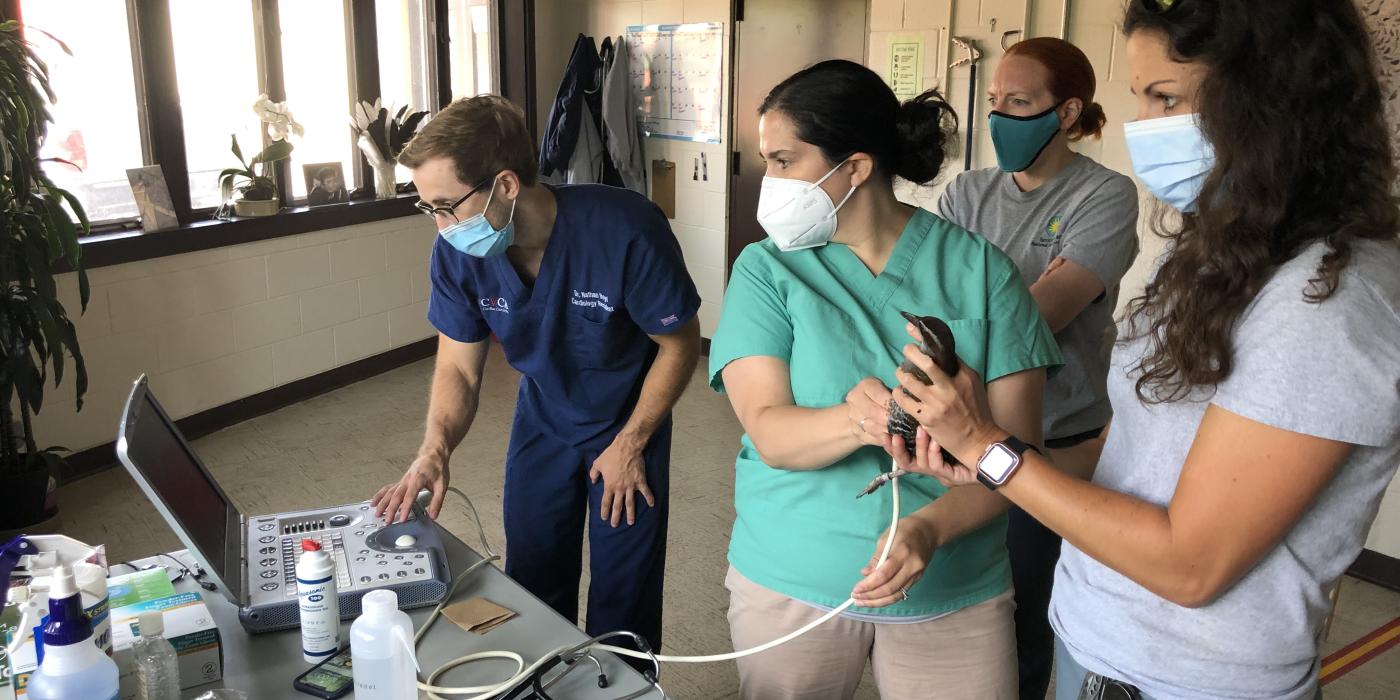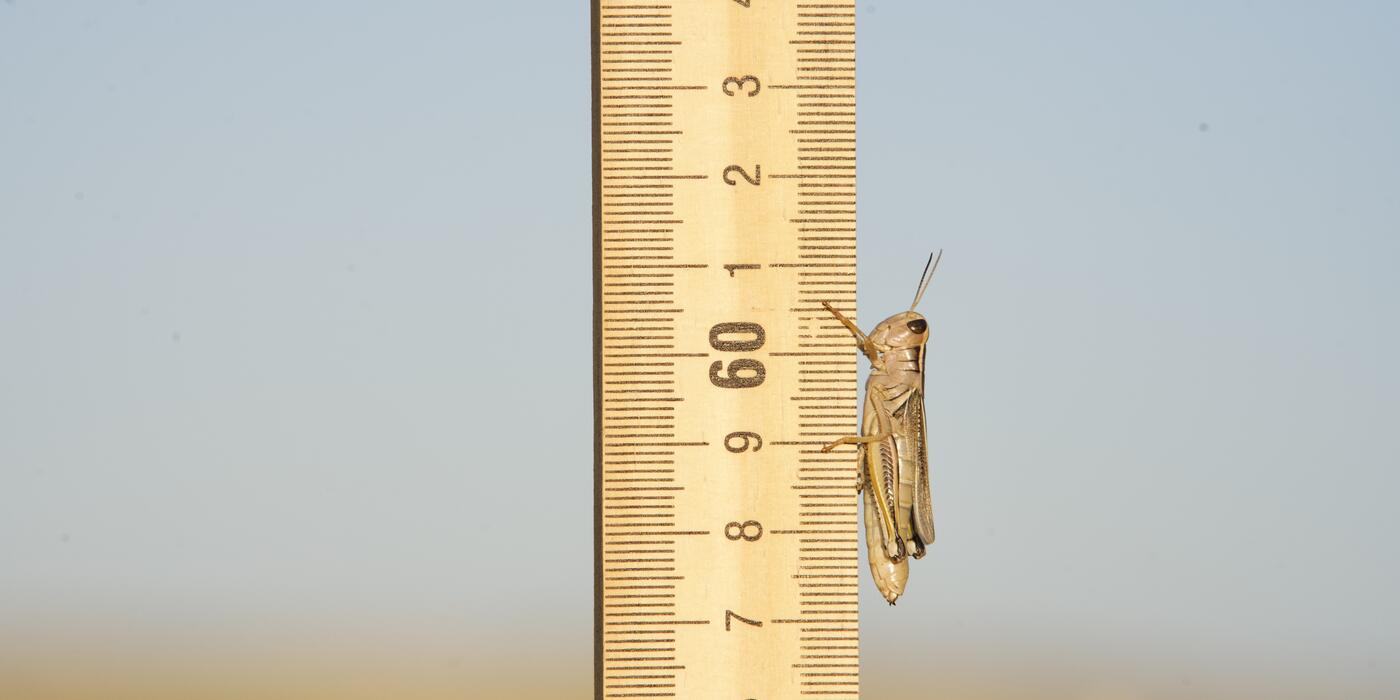The Heart of the Matter: Cardiac Conditions in Guam Rails
Guam rails are small, speedy ground birds who can only fly three to 10 feet at a time. They are also only the second bird in history – after the California condor – to recover from being extinct in the wild.
These brown quail-sized birds with striped stomachs are native only to the island of Guam in the Philippine Sea. Invasive brown tree snakes drove the species to extinction in 1987. Only a few individuals survived in zoos.
The Smithsonian’s National Zoo and Conservation Biology Institute is an active participant in the Guam Rail conservation program. Some of the Guam rails raised at the Smithsonian Conservation Biology Institute (SCBI) in Front Royal, Virginia, go on to be released into the wild on small islands off the coast of Guam.
In working with birds like Guam rails, animal care staff monitor their health and behavior closely, weighing the birds regularly and observing them daily. A few years ago, they diagnosed one Guam rail with heart disease. That was interesting because most birds – except for some parrots – don’t tend to get heart disease. Another bird was recently diagnosed with a heart murmur and an enlarged, or dilated, heart during a routine medical exam by SCBI veterinarian Dr. Kristi Delaski. The development reminded SCBI chief veterinarian, Dr. Kelly Helmick, of several cases of Guam rails with heart conditions at SCBI. Delaski then reached out to institutions throughout the United States that breed and care for Guam rails to see if they had encountered anything similar.
“We wanted to get to the bottom of these cardiovascular issues, because it’s unusual to see clusters like this,” Delaski said. “Our quest is to better understand what’s causing disease in our animals, as stakeholders in the reintroduction program. How can we have a thriving breeding program and strong birds for release? This is just one way we use our skills as veterinarians to contribute to wildlife conservation.”
If the conditions were linked to a genetic issue, that could have ramifications for animals released in the wild. If it was due to nutrition, the care team wanted to be able to change the birds’ diet.
The team decided to take a closer look at their rails, to be sure they weren’t suffering from undiagnosed heart issues. But, examining a bird can be difficult. Human doctors and veterinarians use ultrasound to measure the heart and get a look at the cardiovascular system. However, ultrasound waves can’t travel through air, and birds’ bodies are latticed with air pockets. SCBI brought in a veterinary cardiologist from Cardiac Care for Pets who specializes in cardiac ultrasounds procedures and was able to examine all six Guam rails.
Helmick explains that it wasn’t just the logistics of the ultrasound that was tricky, but the patients themselves. “Guam rails are highly sensitive birds,” said Helmick. “They must be handled very quickly and delicately. Stress changes their heart, so we need to keep them as calm as possible.” They conducted the exams as quickly as possible, with the keepers observing the birds for signs of stress.
Happily, none of the other Guam rails’ hearts showed signs of enlargement or heart disease. The vets will continue to monitor the rails’ hearts, using more traditional radiographs, and conduct regular consultations with the cardiologist. They also plan to write up their analysis and findings in a scientific paper to share with the rest of the conservation community so that scientists can understand more about the risks and issues they face in the wild.
Related Species:




